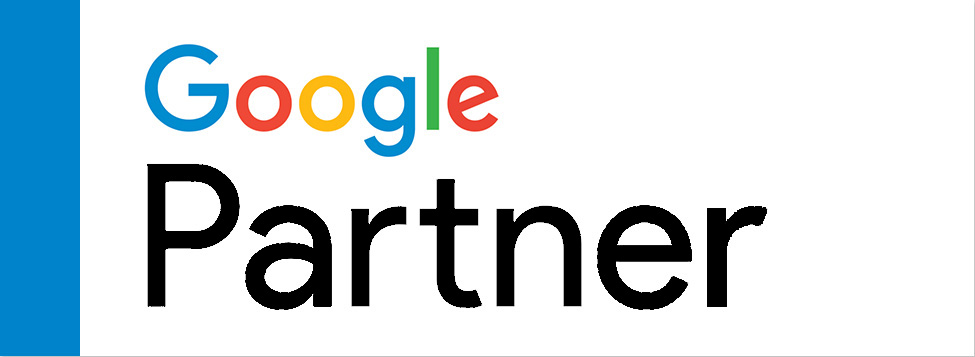
Search Engine Marketing
Management & Optimisation From Cherryielding
Engage our industry experts as your outsourced marketing department (for a fraction of the cost)
Whether you’re already doing SEM or not – we drive ROI.
Whether you’re already doing SEM or not – we drive ROI.
Search is all about being there when prospects are in need and promoting your brand (via SEM Ads) at the right time, in the right place and in the right way. From the initial research phase to the moment they’re ready to convert, people use different keywords. Helping prospects through their journey with SEM means being visible at each stage with the most relevant content to assist them.

Our Approach
Our Approach

Long gone are the days Paid Search traffic (driven by SEM) was only concerned with buying keywords on Google. A data-driven test & optimise approach is how to maximise campaign performance and ROI (not some pre-determined plans that are set and forget).

60min consultation to identify proven tactics increasing your visibility, online traffic & sales
Book an appointment simply by completing your details below.
1- Validating Goals & Targets.
1- Validating Goals & Targets.
Goals and Targets relate to your commercial and marketing objectives and help to measure the performance and ROI of your SEM campaigns and investment. SEM campaign KPIs often include;
– Sales Conversions
– Web Traffic and Phone Calls
– Number of impressions and clicks
– Click through rate
– Cost per click
– Cost per acquisition
– Quality Score
– ROI
As well as user engagement metrics (such as bounce rate, pages per session, average time per session). We help identify the right goals and targets to measure the success of SEM.
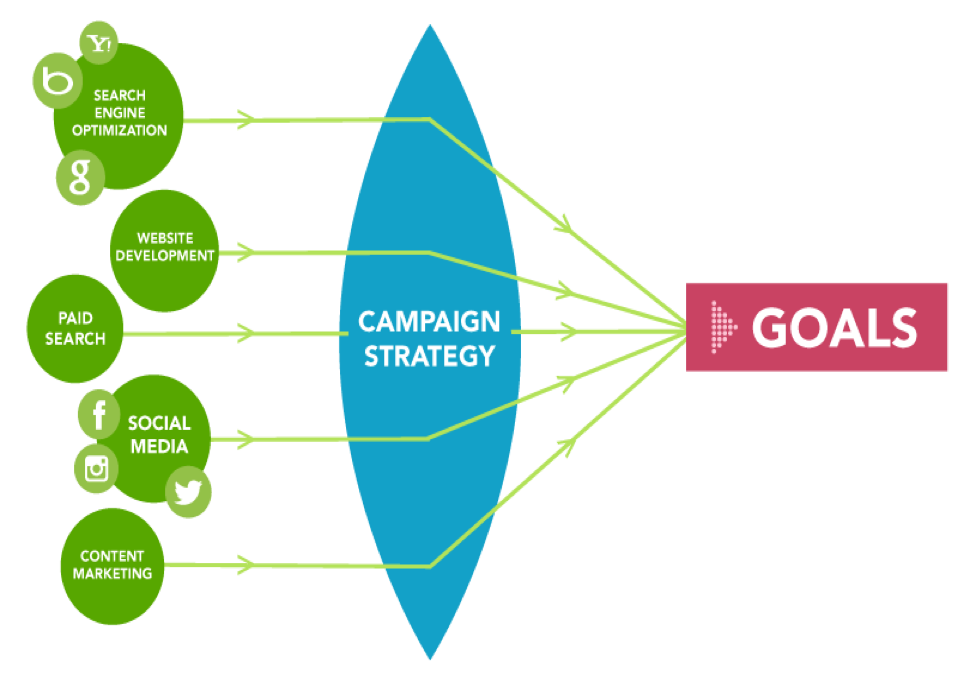
2- Data and Campaign Analysis.
2- Data and Campaign Analysis.
Data is at the heart of our approach which means we gather and interrogate our client’s own data, website data, past campaign results, keywords, cost per clicks along with competitor insights, industry data and trends, and so on.
We then undertake an analysis of user behaviour and engagement metrics from Google Analytics to conduct a thorough SWOT analysis to identify all the challenges and opportunities to leverage.

3- Defining the SEM Strategy.
3- Defining the SEM Strategy.
From here we define the (account and campaign) strategy for an ROI-driven campaign roll out. The initial phase focuses on the opportunities and quick wins discovered in the SWOT analysis.
Only when performance uplift and campaign optimisation is being achieved do we increase the scope of work and level of media investment.
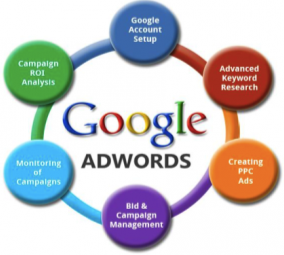
4- Optimisation Tactics & Reporting.
4- Optimisation Tactics & Reporting.
Once campaigns are live we monitor results to inform the ongoing optimisation process that refines the tactical elements and budget pacing. We also gauge how the channel is performing vs. other channels and industry benchmarks.
The same data used for optimising decisions is always made available to clients in monthly and ad hoc reporting.
Reports don’t just focus on data but also on the insights we see and recommendations we make to get to the next level of optimisation and ROI.
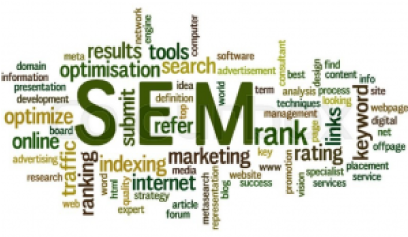
Our SEM Toolkit
Our SEM Toolkit
1. Relevancy (to minimise costs & increase conversions) – relevancy is everything and is all to do with the fact that Search is a pull media channel driven by the demand of its audience.
In SEM, the user is actively searching for products, services or just information that is important to them. Ads that are not relevant will be discarded. For this reason, we continuously ensure relevancy between the main elements (SEM ads, keywords, ad copy & landing pages).
Relevancy is one of the key ingredients of Google’s Quality Score recipe.
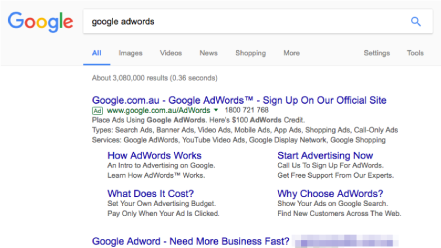
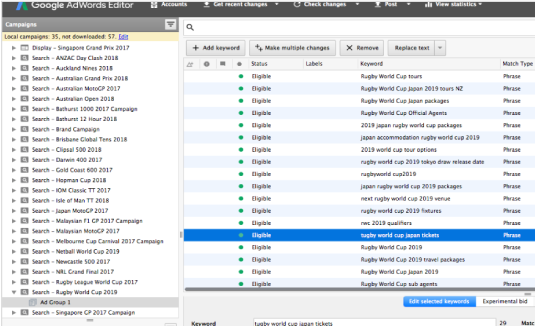
2. Account Structure Review (Campaigns, Ad Groups, Keywords) – to ensure the most relevant Keywords are included and grouped by theme. This maximises relevancy between Keywords, Ad text and Landing Pages, increasing the chances of converting, whilst minimising costs per click.
We review the full structure of existing accounts, or if new, take the time necessary to build the structures to ensure the foundation for success is laid at the start and also making it easy and quicker to expand as the number of campaigns grow.
The use of SKAGs (one example of the account structures we look at) with a high number of high-volume head-term keywords helps get control & drive more traffic, reduce bounces & lift conversions.
3. Negative Keywords – to limit the burning of budget when ads are triggered by less relevant search queries
4. Ad Text – to highlight how users’ will benefit from the product/service, in a succinct & compelling message
5. Audiences – segmenting the target audience into smaller groups that share common features, requirements or are at different stages of the buying cycle. We use different messaging and landing pages (for a customised experience) whether the user is in the early research or intent to purchase stage
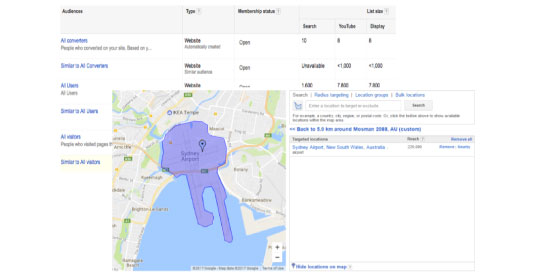

6. Landing Page reviews – are key to a compelling and positive user experience & conversion uplift
7. Budget splitting and re-allocations – shifting budget from underperforming campaigns to campaigns with high potential but constrained by budget, helps turn performance and ROI around instantly
8. Ad Extensions – enhance the customer experience and are a part of how Google determines an advertiser’s Quality Score.
There are many types of extensions including but not limited to site links, callouts (to highlight your main USPs), location extensions for local businesses & price extensions.
Whilst providing the user with additional information (to convert on) they also help get more real estate on the search results page of Google, limiting the visibility of your competitors.
We review all types of ad extensions relevant to each client and/or campaign as well as periodically auditing them to ensure they are still accurate and relevant as time goes on.
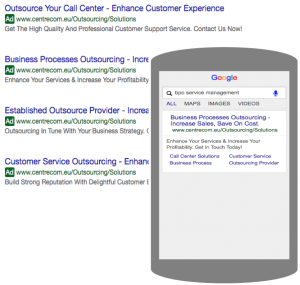
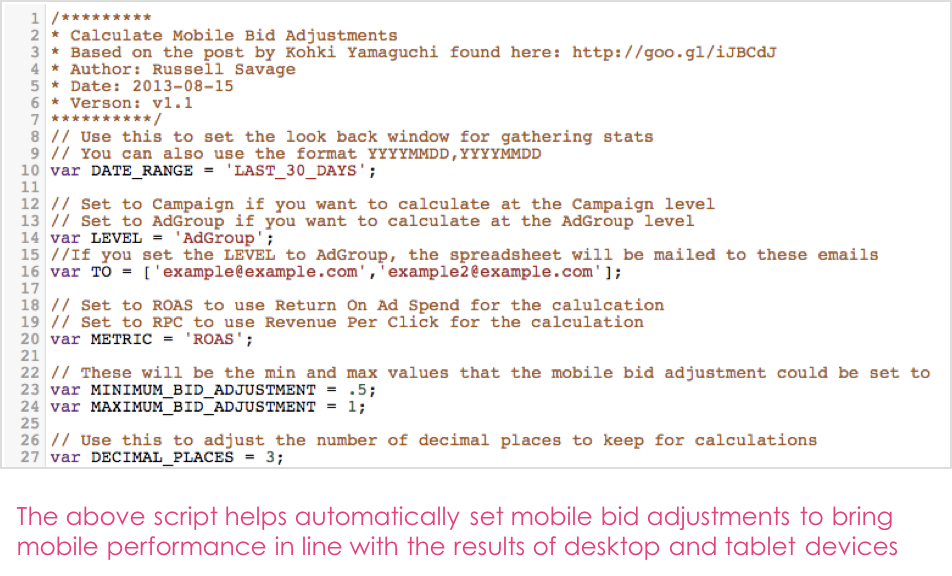
9. Scripts – take things up a notch, making use of all opportunities to truly maximise campaign performance and efficiencies (for ROI)
* AdWords scripts is a function that can be used to automate tasks or to interact with ext. data
* It is available to assist with running day to day activities in the AdWords account to save time and enhance performance
* Freeing up time from routine and repetitive tasks with automation allows us to put our efforts into more valuable tasks and actions that lift campaign performance
10. Leveraging and aligning SEM + SEO (not isolating SEM v SEO) – only a holistic approach to both will synergise efforts and maximise ROI from search.
* Our analysis of the data allows us to look at SEM opportunities with the highest ROI lens. For example, SEO data is used to identify those high revenue opportunities for which the organic listings might not be as competitive yet at the same time SEM media budget and spend might be saved if the SEO coverage is already good.
* Additionally we look to stack SEM activity to the SEO work, if our analysis suggests that we could efficiently drive incremental leads or conversions.
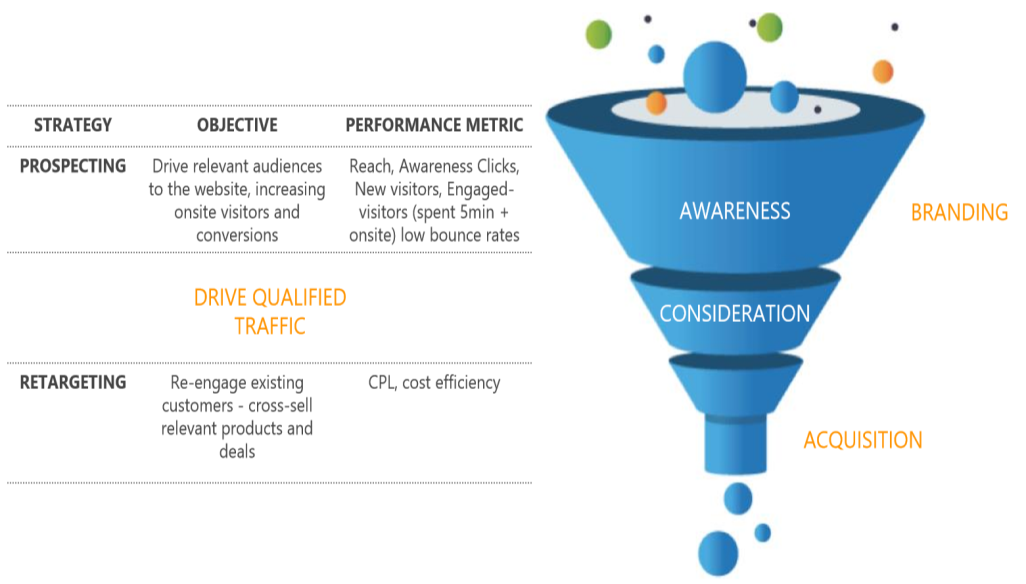
GET IN TOUCH
Learn about our approach to measurable, ROI-driven marketing today


